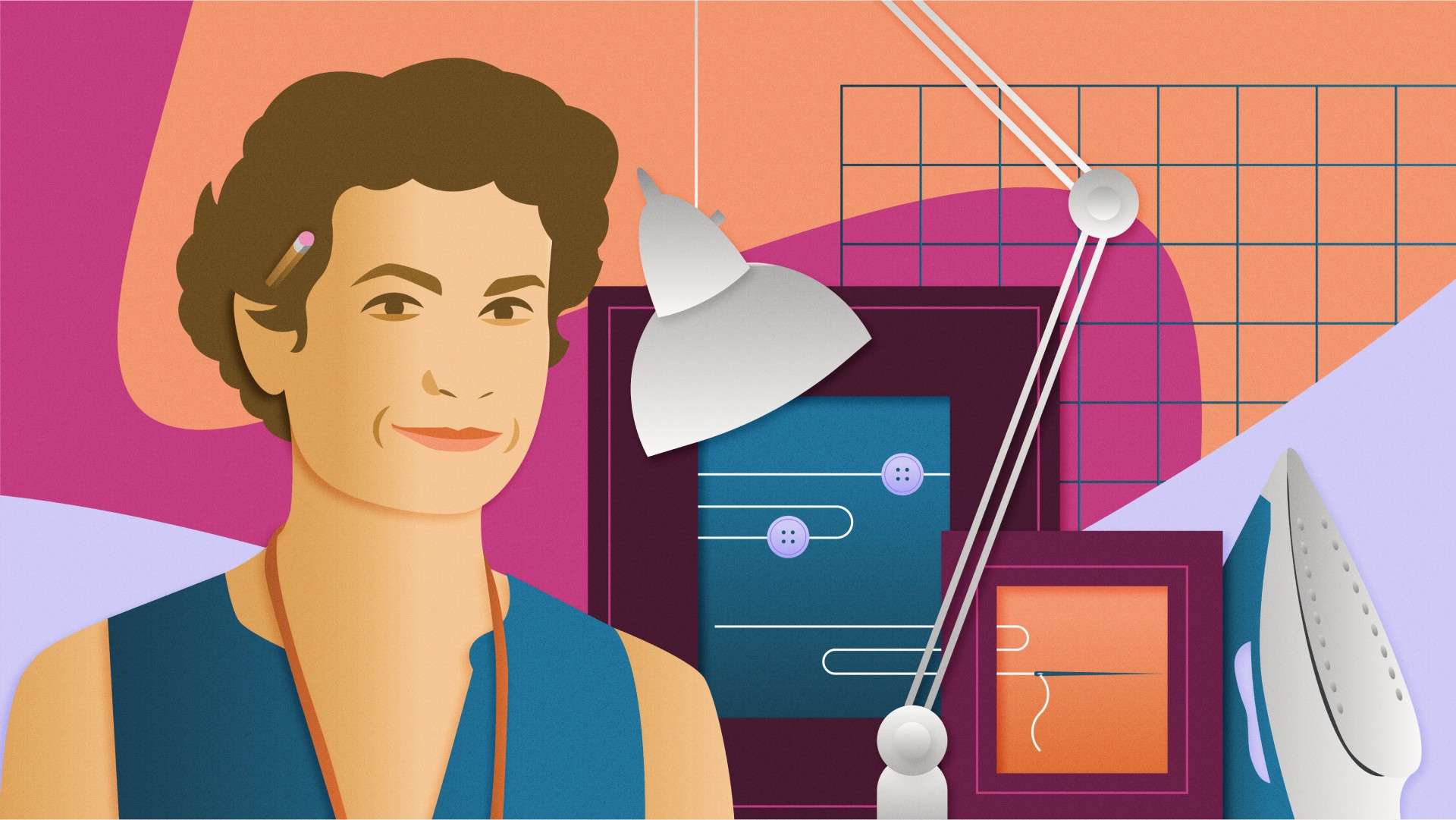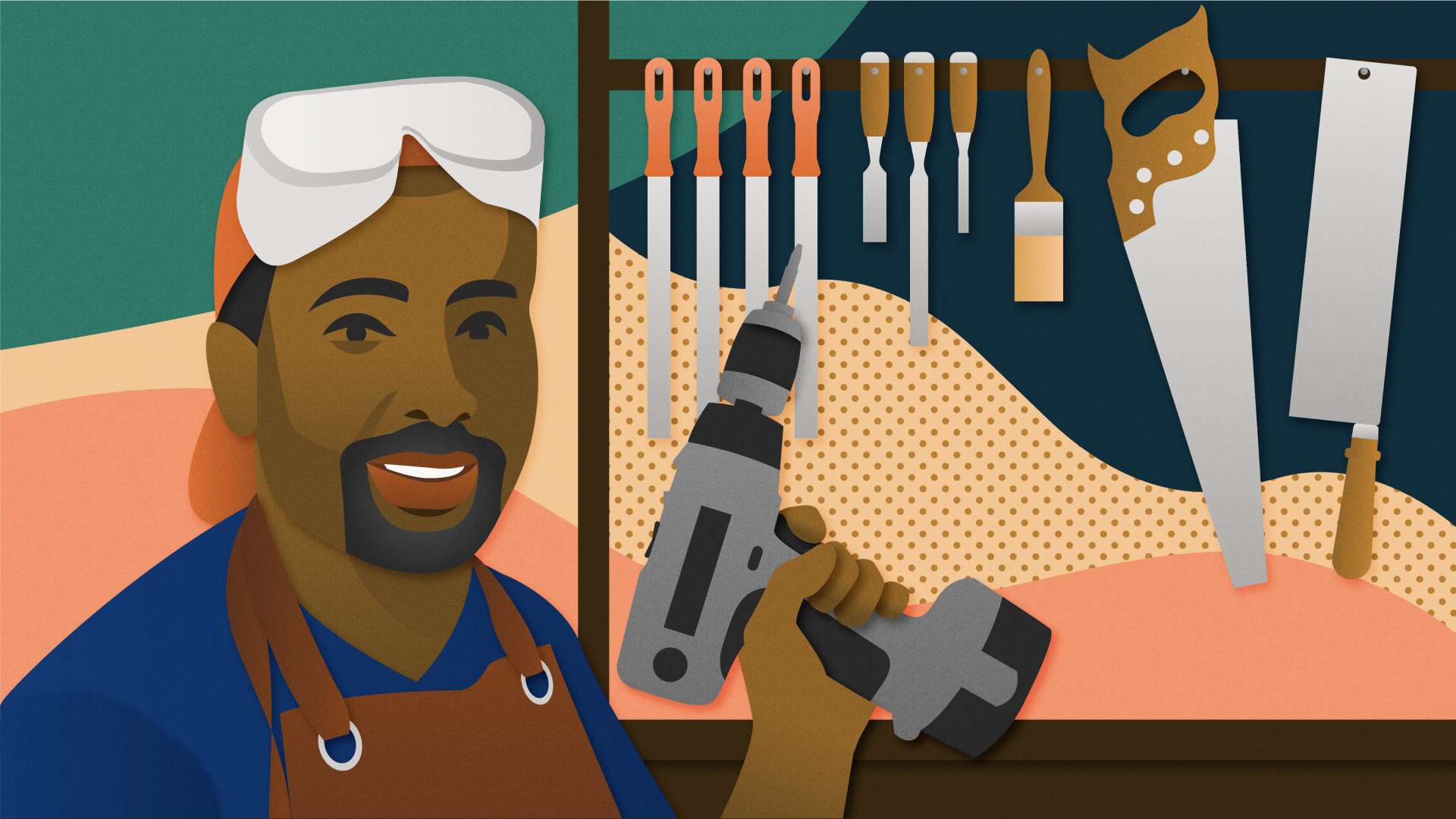Sandra Goldmark wants us to think about our stuff. Many of us have too much, a lot of it is poorly made, we don’t take care of it, and we toss it out too soon. An associate professor of professional practice and the director of campus sustainability and climate action at Barnard College in New York City, Goldmark has also worked as a theater designer and is well attuned to the stories that objects tell. Now she’s urging the rest of us to pay closer attention to what we’re saying with the things we own — and consider changing the narrative.
Her recent book, Fixation: How to Have Stuff Without Breaking the Planet, is not a manual on how to repair your broken toaster, but a mediation on why you should. Inspired by the writer Michael Pollan’s advice to “Eat food. Mostly plants. Not too much.” Goldmark came up with her own, slightly longer set of rules to guide our relationship with the things we own. “Have good stuff. Not too much. Mostly reclaimed. Care for it. Pass it on.” And she uses those rules to propose a framework for a more circular and sustainable system of consumption.
In 2013, Goldmark founded a series of pop-up repair shops in New York City that has turned into a template for sustainable repair and reuse across the country.
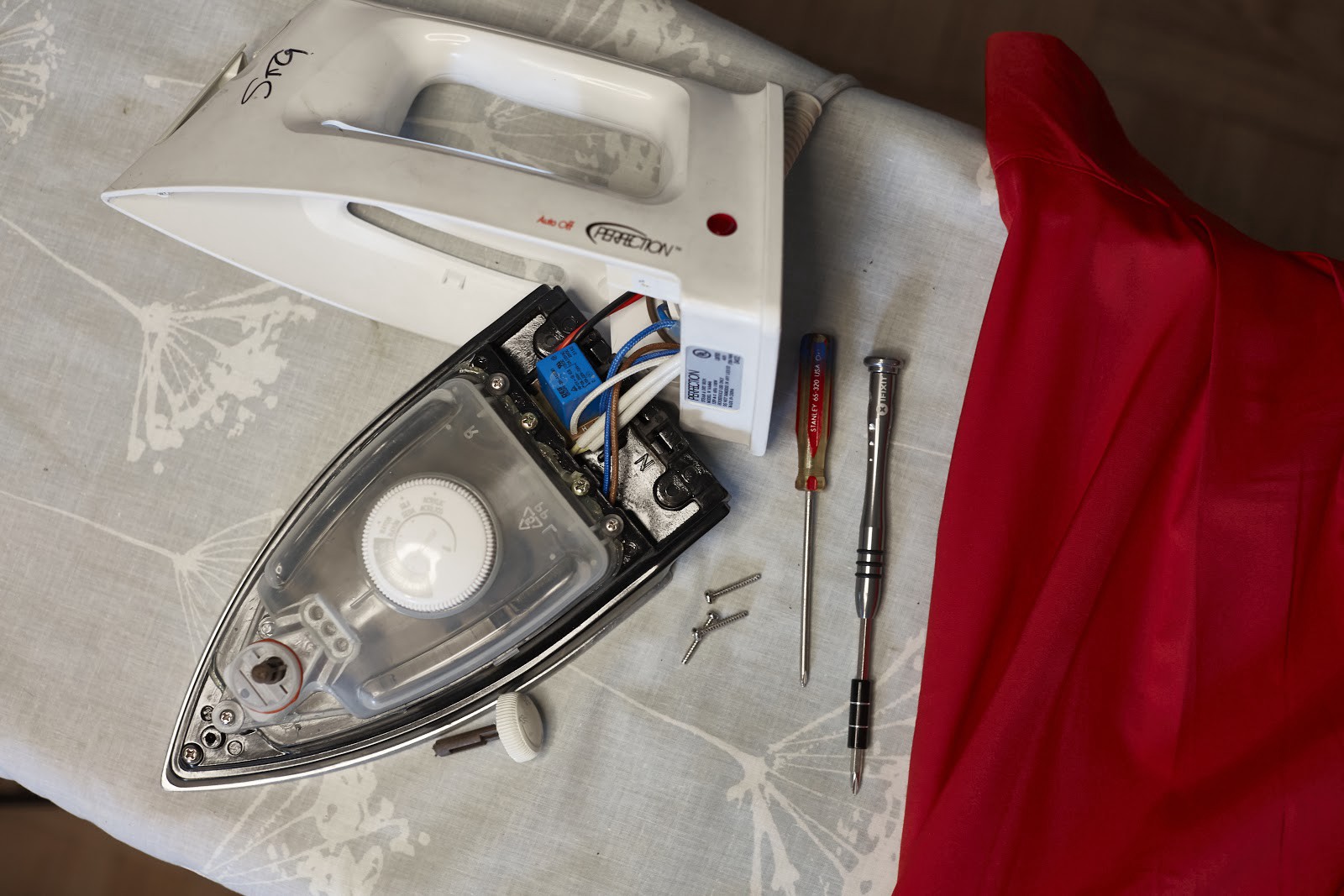
You wear a lot of different hats. College professor, set designer, repair-shop entrepreneur, and author. What’s the common thread that pulls all those interests together?
I’m focused on how we live in the world and designing ways to do that better. I’m interested in material culture and how we create meaning with objects. Every day, we’re living in a play and writing the script with our stuff. It’s speaking to us. I want people to listen to the story their stuff is telling.
Were you always interested in stuff or did that come later in your career?
I got my undergraduate degree in American history and literature from Harvard, studying the cultural and historical background to how we got to where we are, but I always did theater for fun. After graduation, I got a job designing props for teddy bear photo shoots. From there, I ended up at Yale, where I earned a graduate degree in theater design.
When did issues of sustainability start to figure into your work?
As I began designing sets and costumes, I started feeling a cognitive dissonance between what I did at work and how I live at home. As a designer, I felt like I was creating a lot of waste, while at home I was washing out yogurt cups. I had a moment when I felt like I was making objects that were just going to landfills.
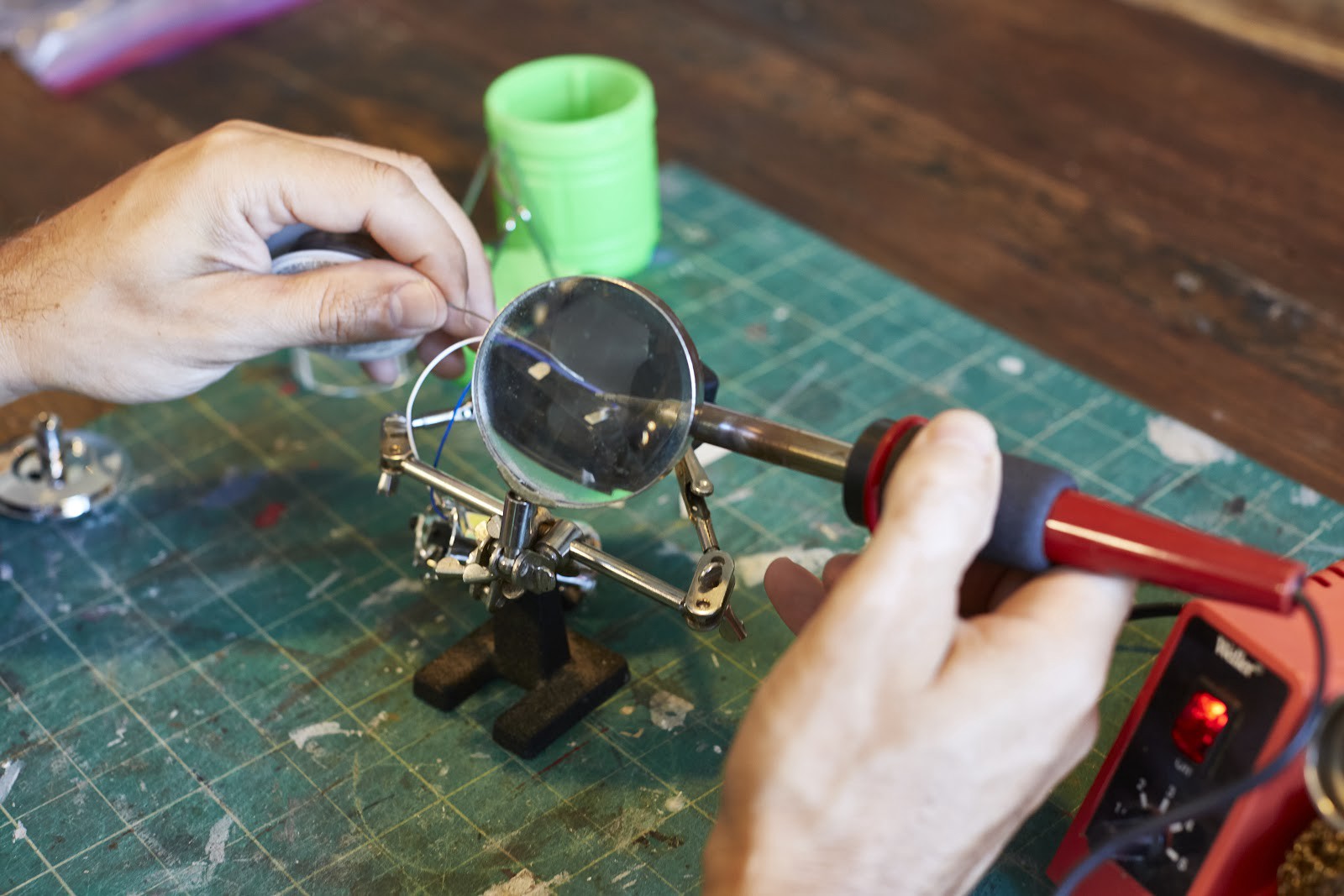
Was it difficult to find people to work with who share your concerns?
As a designer, you take the jobs that come your way, but I started to want more agency. I began to wonder if I needed to quit and become a writer and director to do the kind of projects that I care about. I started looking for directors who shared my values and were willing to commit to using recycled materials in their sets.
At first, it was seen as a trade-off or a compromise, but I learned to talk about it so that organizations would see sustainable design as a positive. I think about it in terms of limits. In the theater, there’s a budget and a timeline. We’re limited by things like the size of the door. When we plan our designs, we have to think about those things from the very beginning. It’s the same for the environment. We need to consider the effect of our choices on climate change from the very beginning. That leads to creative solutions that make the design better.
Charles Eames said that design depends on constraints and talked about how designers need a willingness and enthusiasm for working with those constraints. We’re starting to see that in theater. Directors are beginning to understand that the limits posed by sustainable design are actually a benefit, not a drawback, to the production.
I was part of a team that put together The Sustainable Production Toolkit. It’s a resource to support theater companies looking to prioritize sustainability and equality in their organizations. Before the pandemic, people were too busy to talk about these things, but we’re seeing more theaters that want to talk about this now.
The Pop-Up Repair shop really helped to focus attention on this issue. How did that get started?
I had just given birth to my second son and suddenly I found myself surrounded by what felt like a tsunami of broken stuff. There was a toaster that didn’t work, a lamp that wouldn’t light, and a backpack with a torn strap. I could’ve thrown them all out and bought new stuff, but I really just wanted the old stuff to work again. I was frustrated by how difficult it was to get things fixed. That’s where I got the idea to do it myself.
I recruited my husband and some of the people from our theater shop to help. We would set up shop at local farmers’ markets and rent out empty storefronts. People showed up with their broken blenders, jammed zippers, and wobbly stools, and for the most part, we were able to fix them. We figured that we diverted over 10,000 pounds of waste from landfills. If you count the potential waste diverted from all the manufacturing averted, it could be as much as 40 to 60 times that amount, since the vast majority of waste in an object is created in the manufacturing process. But I learned the most from listening to people talk about their stuff. Those conversations were what led me to write my book.
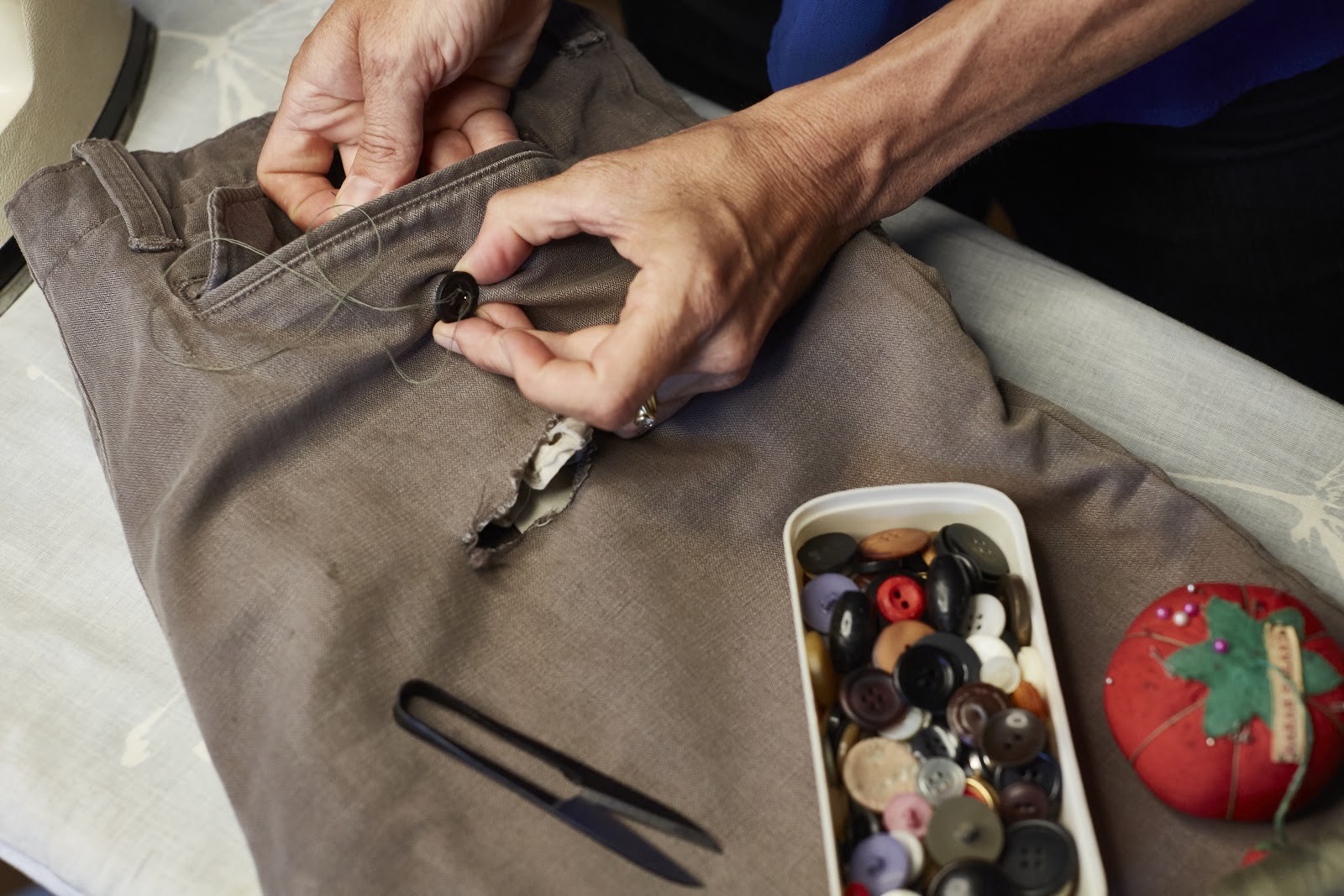
What do you want people to take away from your work?
I hope people can change their patterns of consumption. The overall stats are dispiriting, but I’m naturally hopeful. I kind of have to be. I don’t have faith in models that rely on people to curb their appetites. We need these things. They’re a source of joy. But we need to rethink our relationship with our stuff.
What do you say to designers getting started in their careers?
I would encourage people to try things. I didn’t know how to write a book or run a repair shop before I did those things. The only thing to do is to start and be willing to follow where the path leads. Get comfortable trying things when you don’t know what the result will be. It’s empowering not to be committed to the result.
